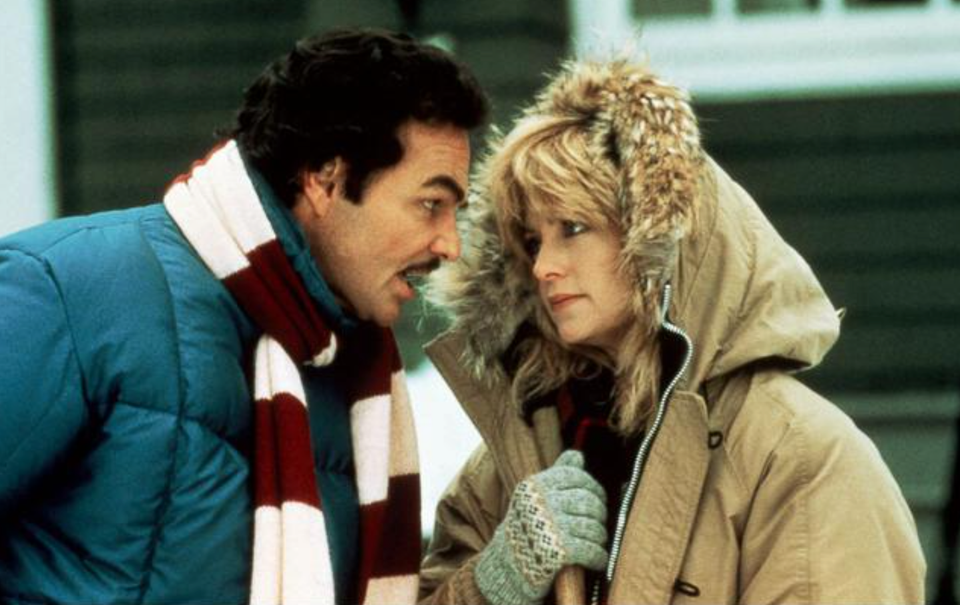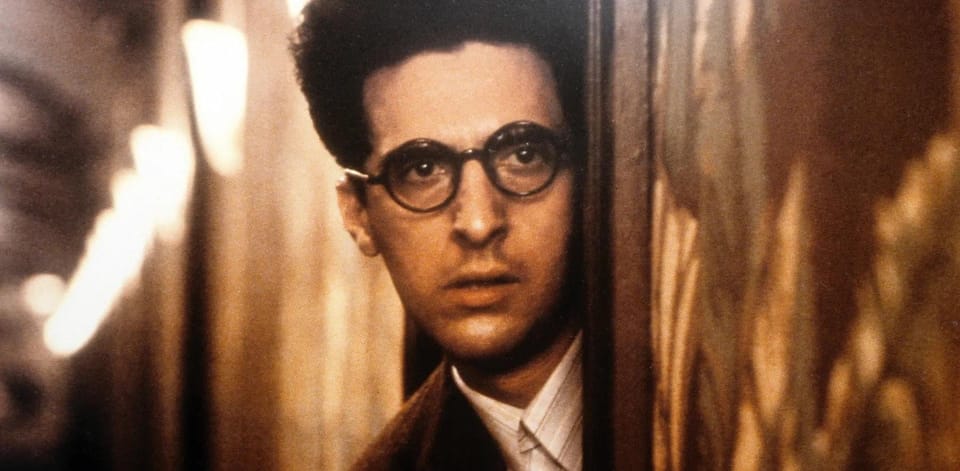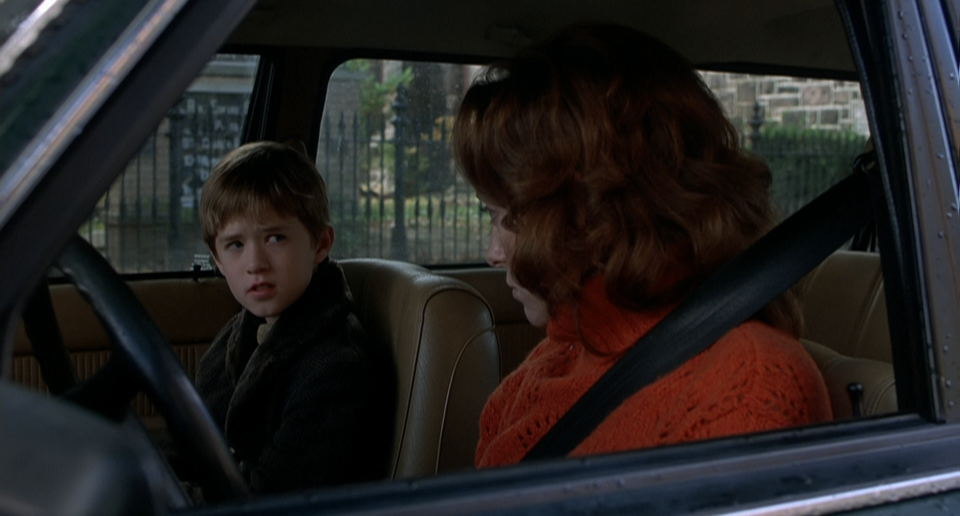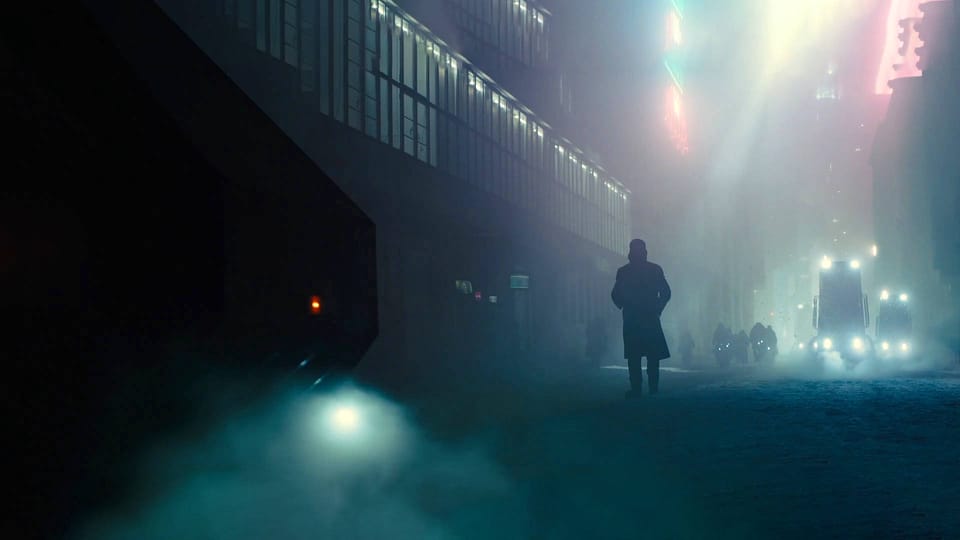The why behind the rule is what matters.
A screenwriting "rule" is something someone repeats when they don't fully understand the WHY behind it.
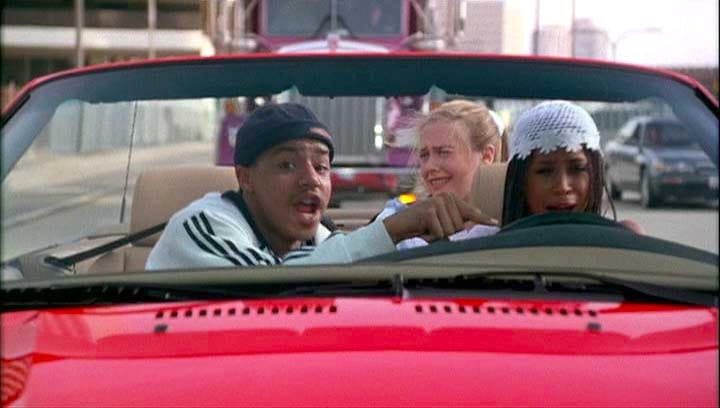
The Story and Plot Weekly Email is published every Tuesday morning. Don't miss another one.
A screenwriting "rule" is something someone repeats when they don't fully understand the WHY behind it.
Because if they did, they would know it's not a rule at all, but a tool to achieve a specific intent.
The important thing for the screenwriter is to know their intent.
When they do, they can make whatever choice and use whatever tool they need to accomplish it.
To be honest, I have never heard anyone call something a screenwriting rule except when they insist that there are none.
We all decry our fierce independence from these oppressive edicts, yet it's not clear to me who exactly is insisting upon them.
Someone must be, because they persist.
The rules are not rules at all.
There are industry conventions, of course. There is advice, principles, and guidance.
Most of all, there are choices that make your job easier and choices that will make your job harder.
But off the top of my head, I can't think of anything that is 100% always true and never without exception.
Most so-called "rules" were initially designed to protect you.
New improvisers are told to avoid negotiation scenes, not because negotiation scenes are inherently bad, but because:
- They're easy to fall into when you get nervous and want to fill up a scene, and…
- They're challenging to do well.
That's a bad combination.
It's detrimental to the audience, and more importantly, it's harmful to the improvisers' confidence early on. And, like all performance-based activities, confidence is almost everything.
So we're told to avoid those scenes until we:
- Make them an active choice rather than a desperate fallback, and…
- Know how to find fun and interesting ways to make them successful.
The same reasoning applies to voice-overs.
When schools first started teaching screenwriting, many new screenwriters resorted to voice-overs to compensate for poor storytelling. Finally, a screenwriting teacher said somewhere, "No more voice-overs! Find another way!"
By the time the film school generation became institutionalized, that command morphed into, "voice-overs are bad."
And then new screenwriters would hear that, and think, "What about Billy Wilder? What about GOODFELLAS?" and on and on… and as creative people often do, they rebel and decide all screenwriting rules are bad, and you obviously can't teach this, and you either have talent or you don't, and this is art, and they're going to be angry about any gatekeeping and attempts to rob the world of their unique genius.
Or something like that.
But the rule was never a rule at all.
It was, "You guys rely on voice-overs too much. Challenge yourself to do better."
Which is actually pretty good advice if you're using voice-overs poorly.
And if you're using voice-overs well, it's not meant for you.
They know if you're an amateur.
The threat of the reader knowing you're an amateur or not seems to be the scary threat of so much dogmatic screenwriting advice.
This is not something you should worry about.
Trust me: the reader knows where they got the script they're reading. They know if you're an amateur or if you're a writer who has been on a tear lately.
They don't really care.
Sure, they'll probably be more forgiving about a creative misstep if they know this is a new spec from a hot writer, but that's about it.
All they want is clarity of your intent and to feel something.
They don't want to be confused. They don't want to be bored.
They just want a good script.
If you write poorly, they will know you write poorly. If you write well, they will know you write well.
You are mainly dealing with your own lack of confidence.
Which is, of course, no small thing.
We sometimes convince ourselves there is some secret code we're not privy to that others are.
And when we first get started, we think screenwriting is a whole other language.
It is, but it isn't.
A screenplay is a different format. That much is true. But not only is the format pretty simple, if you love the movies, you already speak the language and understand it.
You understand the visual storytelling of the medium.
You've been watching and enjoying movies your whole life, after all.
It's just a matter of learning to put that language on paper in this format now.
A focus on "rules" is essentially allowing yourself to be intimidated.
This doesn't mean following these guidelines is bad. It just means knowing the time and the place to engage is what matters.
There is a difference between confidently and safely keeping under the speed limit and driving 10 mph under while terrified of the oncoming traffic that zooms past you.
The scene of the high schoolers entering the freeway for the first time in CLUELESS comes to mind.
That attitude is fine for your first few screenplays.
But eventually, you're going to want to turn up the music and hit the gas.
The reason behind some of the most common "rules."
As I mentioned, what is important about a so-called rule is the intent behind it. Once you know its intent, it is no longer a rule, but a tool.
Here are some of the most common rules and the intent behind them:
Don't direct on the page.
This is the most widespread way people express "don't use camera angles."
I am a firm believer in refraining from camera angles.
But not because we don't direct on the page. It's because camera angles are clunky, cumbersome, and generally miserable things to read.
They make visualization more difficult, not less.
There are many better ways to evoke images in the reader's mind than camera angles.
However, the specific advice of "don't direct on the page" is well-intentioned, but it is ultimately 100% wrong.
It is your job to direct on the page. You are implanting a movie in the reader's mind.
Who do you think is directing that movie?
Don't open with a character waking up.
Like voice-overs, this is just a quick and easy go-to for new writers. They do it because a person starts their day waking up, so it feels natural to meet a character doing that.
Is it wrong? No. It's just that 90% of new writers open their script this way, so maybe find a different way to do it.
Challenge yourself to open in a more active scene, unless there is a compelling reason to see them wake up.
Don't open with a flash-forward.
Plenty of great movies open with a flash-forward, so what's wrong with doing exactly that?
As always, when done well, it's great!
FIGHT CLUB, one of my all-time favorites, opens with both a voice-over and a flash-forward! One of the best scripts I ever wrote (that never got made – grrrrr) does the same.
But suppose it's not done with total skill and precision.
In that case, it will signify to the reader, "This is a desperate attempt to open with something interesting because not a lot is going to happen for a while!"
So choose wisely.
The inciting incident must happen by page 12.
This is a dogmatic and often incorrect way of pointing out that a movie needs dramatic momentum. The inciting incident in LA CONFIDENTIAL occurs around minute 30. In DIE HARD, it's minute 24. RATATOUILLE is about the same.
I could go on. I have written about the 3-Part Act 1 before.
However, all of these films still have dramatic momentum because events alter the direction of the story where the inciting incident usually lands.
LA CONFIDENTIAL has its own mini-story with 3 acts before minute 30!
So the "rule" is really about having something that shifts our expectations, changes the direction of the narrative, or otherwise compels us to keep watching.
The easiest way to do that is with the inciting incident, and at some point, that became "the inciting incident needs to happen here."
The true rule here is far less tangible: if the reader gets bored before the inciting incident, it didn't happen soon enough.
Don't use specific songs in your screenplay.
The reasoning goes that you don't know if the song will be available or if the budget will allow it.
Frankly, this is not your problem.
While budget should be a factor in your thinking, it's more about the budget aligning with your genre and market, rather than the rights to a song.
That's way too far down the line for you to worry about now, and even later, only when the producer or director say you should worry about it.
I don't typically add specific titles myself because I dislike the way such things read, but if you think a particular song adds value to the reader's experience, feel free to use it.
Don't use CUT TO:
CUT TO: has been deemed superfluous because every transition is essentially a cut anyway, so why bother?
This is true. If it adds nothing, don't use it.
But sometimes it does add something. I still use some version of "cut to" a dozen or so times in every screenplay because I like the flow, the juxtaposition, or it draws attention to an exceptionally long time between scenes.
Is it ever needed? No. Is it still sometimes useful? Yes.
Show, don't tell.
This started as a reminder to not have characters explain too much through dialogue. Let the audience see the action, or add 2+2 together instead.
It somehow morphed into how we write action lines as well. But when it comes to action lines, my philosophy is firmly in the "show then tell" camp.
State the action or the image. Then state what it means.
Don't give a line reading in the parenthetical.
The old story is that John Wayne, upon seeing a parenthetical of "(angrily)" or something similar, commented, "Don't tell me how to read a line."
Indeed, you will eventually have to get an actor on board the project, but it's doubtful they would pass on a good part or a good paycheck because of a parenthetical.
Actors will routinely ignore your punctuation, let alone anything else you put in there.
What's more likely is that if the line needs a parenthetical, it might not be the most truthful or compelling line to begin with.
What's even more likely is that the parenthetical will get in the way of the scene rather than add layers to it.
So, yes, use parentheticals sparingly. But not because of the actor. Do it because they're clumsy, slow down the read, interfere with the emotion, and usually indicate poor writing.
A screenplay requires 12-point courier font.
This is true. Unfortunately.
Now, the important thing about courier is that it is a monospaced font. Which means that every line has the same number of characters across, and the same number of lines down the page.
If we were to be sticklers about page margins (and we are not), this means every single page would have the exact same amount of character spaces on it.
Back in the day of the studio system, this uniformity was important for production purposes.
This is less important these days, as budget and scheduling can often be as unique as the production team itself.
And as we all know, a screenwriter's style will add and subtract pages as well.
However, let's focus on the uniformity argument. This means any 12-point monospaced font would suffice, right?
Just because they used typewriters back in the day doesn't mean we have to keep using this ugly, hard-on-the-eyes font.
Yet, we do.
But why?
Because it doesn't look like a screenplay otherwise.
There is something about the font and at least the occasional "INT." or "EXT." that tells the reader, "This is a movie."
Without it, our brains just seem to say NO. This is not a screenplay.
But this doesn't mean we can't use other fonts for the occasional flourish.
While I am not quite ready for the emojis that Final Draft has embraced, I have used "handwritten" fonts in scripts for a line or two, and writers like Coralie Fargeat and Dan Gilroy have been even more aggressive.
And while Gilroy is screenwriting royalty, Fargeat was not when she wrote THE SUBSTANCE.
So even the most ironclad rule of all, "use 12-point courier font," is not without exceptions.
Stop asking how you're supposed to do it.
You are surrendering too much of yourself here.
What's important is making a choice about what you are trying to achieve.
And yes, using the shared language of film, the conventional way will usually be precisely what you want.
But that is the key, isn't? "What you want."
So, ask yourself instead, "How do I want to do this?"
Sometimes, the desired effect requires coloring outside the lines. But if you know the why behind those lines, you'll know where they are flexible.
You cannot write scared.
No one gets excited about a screenplay because "It made so few mistakes!" Stop trying to avoid mistakes with format, story, and character choices.
That's not your goal.
People get excited when your screenplay makes them feel something. They saw the movie in their mind and wanted to share it.
Stop asking yourself how you're "supposed" to write it, and ask how you want the reader to feel.
What emotion do you want to evoke when they read that line? When they visualize that moment?
Know your intention. Then maximize it.
It's the emotional experience that counts.
The Story and Plot Weekly Email is published every Tuesday morning. Don't miss another one.
When you're ready, these are ways I can help you:
WORK WITH ME 1:1
1-on-1 Coaching | Screenplay Consultation
TAKE A COURSE
Mastering Structure | Idea To Outline

